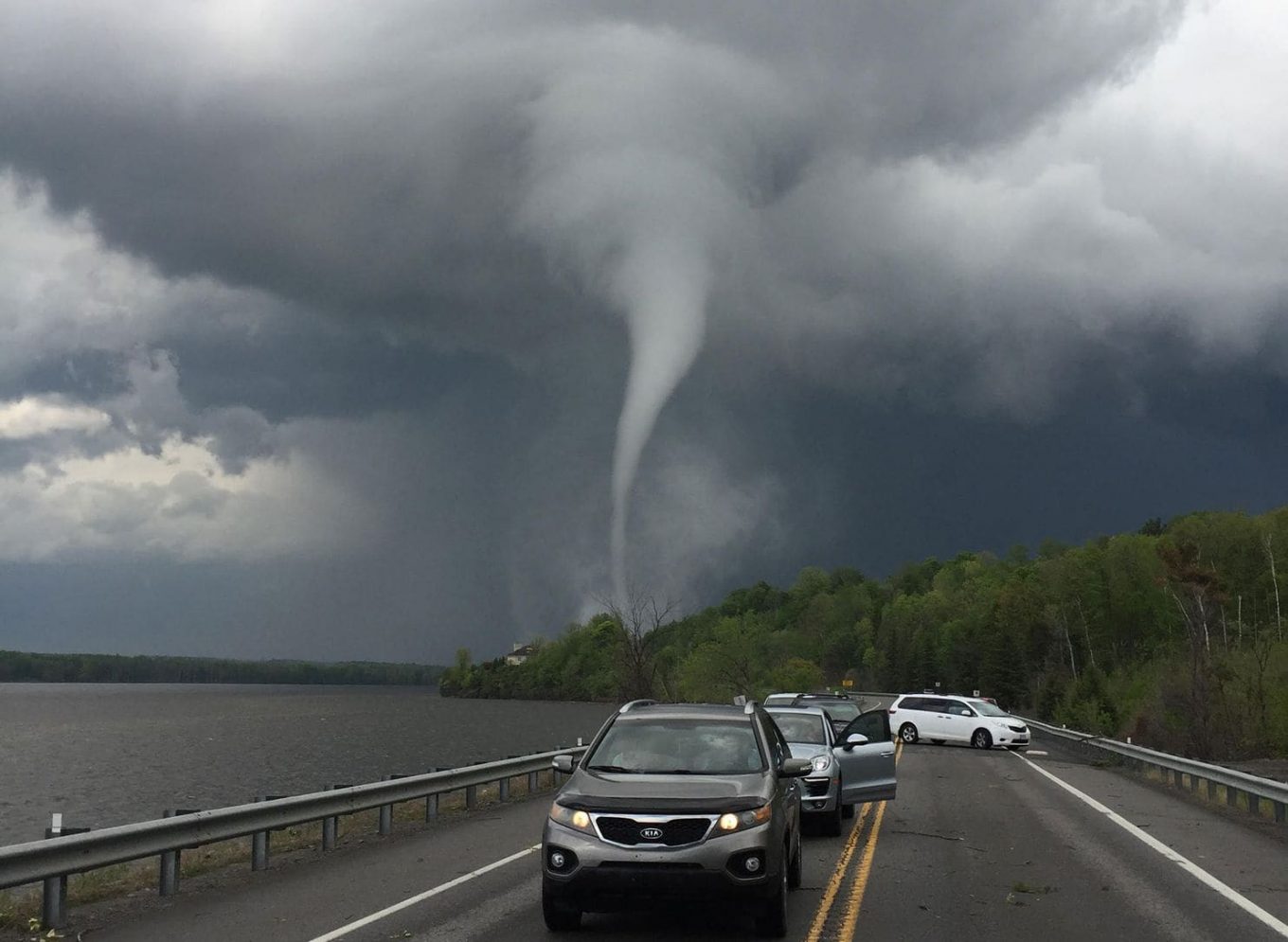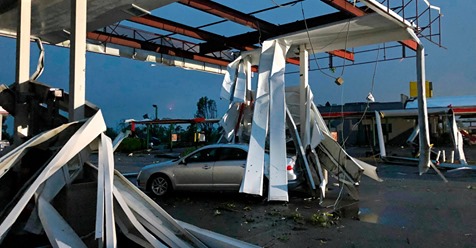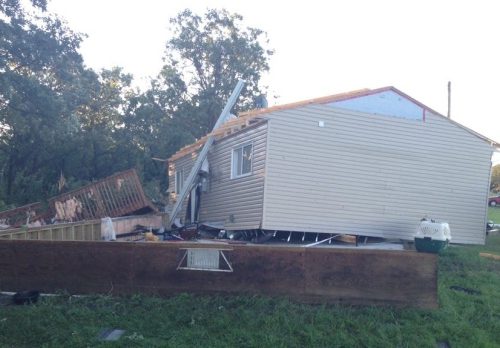After a punishing 14-day streak with at least eight tornado reports in the Lower 48, the United States finally caught a semi-respite from twisters this past weekend. Instead, our neighbor to the north was the victim of attention-grabbing storms.
Two noteworthy tornadoes touched down in Canada on Sunday. The first, in Ottawa, was unexpected and destructive, though visually stunning. The other, in the Northwest Territories, was exceptionally rare, and it’s a wonder anyone even witnessed it.
A tall, cone-shaped tornado swirled over Orleans, a suburb of Ottawa, on Sunday. Some footage showed the twister spraying water in all directions as it churned along the Ottawa River.
Relatively low atmospheric moisture allowed the tornado to be totally rain-free, its white color presenting great contrast against storm clouds and surrounding blue skies. Numerous eyewitnesses photographed the picturesque but destructive storm, which toppled trees, damaged homes and caused one minor injury.
Although forecasters predicted intense thunderstorms near Ottawa on Sunday, they were caught off guard by the twister, Canada’s Weather Network reported. And locals complained about a lack of warning.
Many tornado ingredients were present, the Weather Network explained, but wind shear, which helps storms spin, was meager.
Nevertheless, rotating thunderstorms erupted and delivered this photogenic tornado.
Environment Canada estimated the tornado was on the ground for about 15 miles. The region’s terrain and localized weather boundaries, where winds shift and increase rotation, may have played important roles in its formation, the Weather Network wrote.
Tornado in the Northwest Territories
About 1,800 miles northwest of Ottawa lies the town of Fort Smith in the Northwest Territories. Video emerged of an apparent tornado there Sunday. The likely tornado seems to be one of just a handful on record north of 60 degrees latitude.
Only three other tornadoes have formed so far north in the country, records show. Those tiny numbers don’t necessarily mean tornadoes don’t happen at such latitudes, but they are rarely seen or documented. A crew convened by Western University and Environment and Climate Change Canada is hoping to change that. They’re set to investigate the Fort Smith twister as part of the Northern Tornadoes Project.
In recent years, the project has been working to better document Canada’s “missing” tornadoes, or those that occur in regions where no one ever reports them. Originally focused on a few provinces, the team is expanding the effort nationally in 2019.
While more than 60 tornadoes are confirmed on average each year in Canada, researchers suspect the actual number is much higher.
Canada sees the second-most tornadoes in the world, trailing only the United States.
The flat lands that make up the Great Plains of the United States extend north through the Canadian prairies, as do the Rockies to the west. Although farther removed from the Gulf of Mexico, which provides humid, unstable air important for tornado development, it still frequently sees tornado ingredients come together.
Tornadoes are also relatively common in Canada’s southern border region, which includes most of its major cities.
Tornado season peaks in Canada later than in the United States, focusing on the heart of summer rather than late spring. In other words, Canada’s tornado season is just getting started.
by Ian Livingston (2019, June 4) The Washington Post




